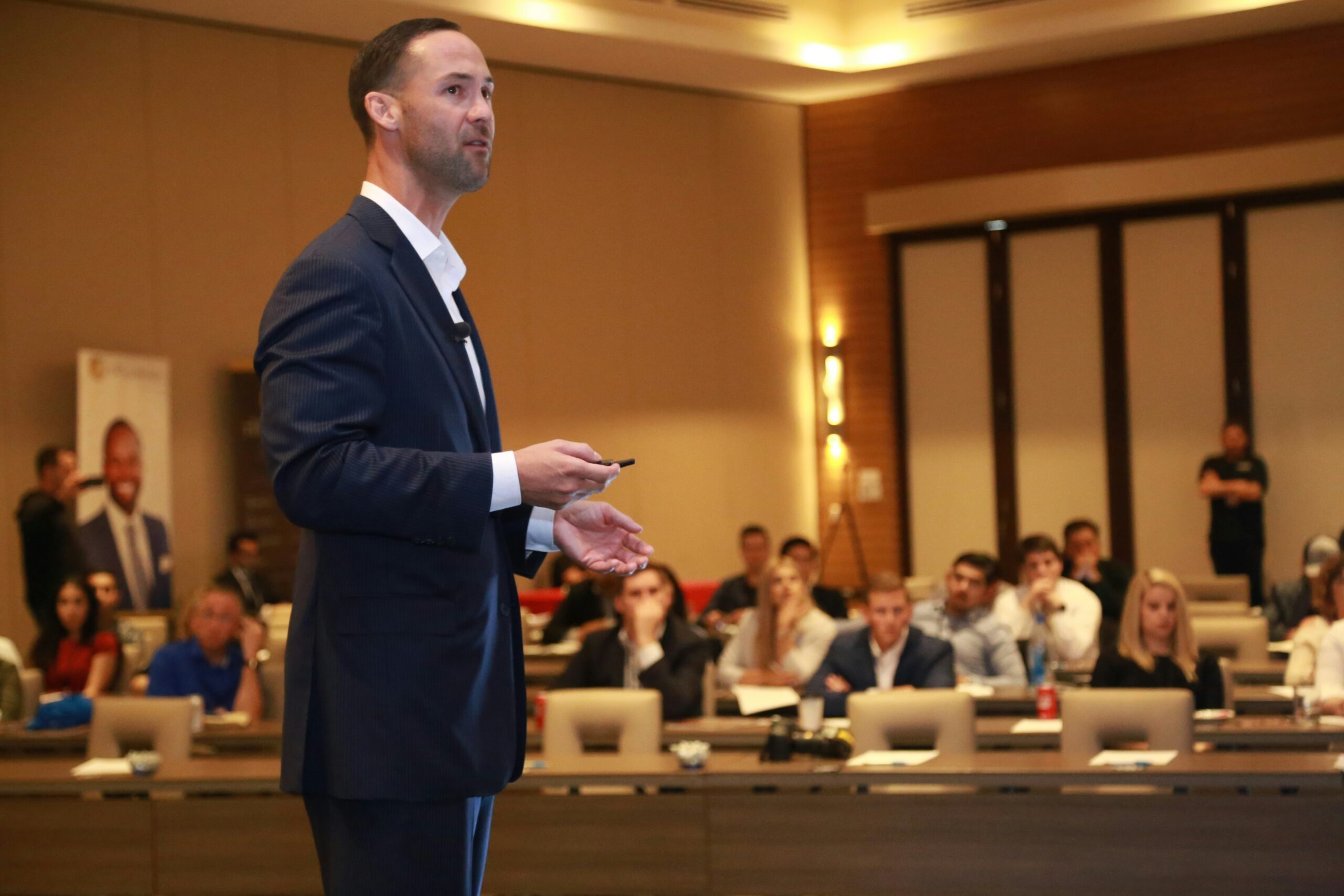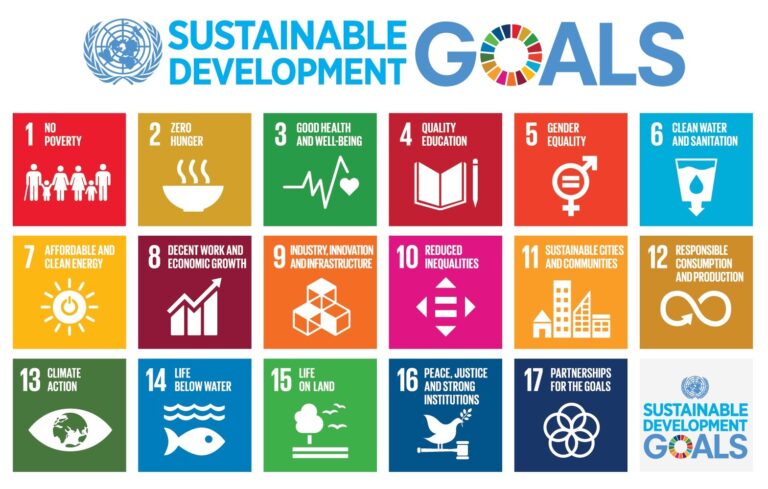Evolving Assessments and Final Exams: Minor Changes, Major Gains in Creating Engaging and Equitable Designs
In the ever-changing landscape of higher education, it’s hard to believe how far we’ve come. I still remember a time when classrooms were defined by chalk dust and overhead projectors, and “technology” meant rewinding a VHS tape. Fast forward to today, here I am, writing this blog in one of KPU’s modern, tech-enhanced classrooms, occasionally asking Siri for synonyms for words like “anxiety” or “self-regulation”. Maybe technology isn’t so bad after all. Assessments continue to evolve as we adapt to new technologies, shifting student needs, and changing learning objectives. So, how can small, purposeful changes lead to meaningful impact?
From the hundreds of consultations I have had over the past two years, with some of the most dedicated faculty from KPU’s wide and varied disciplines, surprisingly many of the challenges are the same, yet one seems to repeat. A renewed emphasis on assessment design, including midterms and final exams, with a focus on improving their effectiveness for reasons we all recognize. A question I frequently hear from fellow instructors is: “My essays and multiple-choice exams just aren’t having the impact I want anymore. What else can I do?” Lately, some have been exploring new approaches, like oral exams, and they’re asking: “I’m thinking about doing an oral exam for my midterm but to be honest I have never done it. How do I mark it? How do I make it consistent? Can you help me?” These faculty conversations and the emerging research over the last few years reveal a noticeable shift in assessment practices. This presents an exciting opportunity to explore innovative strategies and reimagine how we evaluate learning.
To be clear, traditional assessments such as multiple-choice questions, written essays, and standardized exams remain valuable tools as they allow us, as instructors, to gauge both our students’ learning and our teaching effectiveness in the classroom. However, for final exams as we face challenges with the influence of generative AI and unauthorized resources that may come into play, the need to adopt innovative assessment methods has never been more pressing. Now is the time to ask: How can we adapt our final exams to ensure they are both meaningful and equitable in this evolving educational landscape? We are all deeply engaged in our work and open to iteration and experimentation. That said, many of us are starting to feel a noticeable shift when marking and grading student final exams. We may find ourselves asking: “How much time did they actually spend on this? Have they truly grasped the key concepts I taught? And will they be able to carry these skills or knowledge forward into their future profession when they leave my classroom?”
What I’ve heard from instructors, observed at conferences, explored in current literature, and experienced personally in my classrooms is that traditional exams, whether fair or not, are increasingly being questioned for their relevance and impact. This shift ties into a broader conversation about the value and purpose of higher education. Today, however, I will leave that broader conversation to the entire education community and focus on reimagining assessments, as that is my passion and within my scope.
This summer, I had the privilege of attending and presenting at the Pebble Bash 2024 conference in Edinburgh. One of the highlights of the conference was hearing keynote speaker Jeff Grabill, Deputy Vice Chancellor for Student Education at the University of Leeds (some of you may also recognize him as the former Associate Provost for Teaching, Learning, and Technology at Michigan State University). Jeff delivered a powerful message: education should be designed as an experience. In today’s world, universities face both challenges and opportunities, particularly in supporting students from diverse backgrounds as they develop the knowledge and skills needed to succeed and make meaningful contributions. To meet these needs, Jeff emphasized that education must go beyond being viewed as a simple process. Instead, we must intentionally design it as an experience, one that is purposeful and impactful. Assessments play a pivotal role in this design, especially for those who embrace backward design or flipped classrooms. His insights deeply resonated with me as an educator, especially in this moment of both challenge and transformation. It was a powerful reminder that the way we approach teaching and learning today has the potential to shape brighter futures for our students and communities.
What are some of the most popular alternatives to traditional final exams? Drawing from my observations at KPU, recent literature, and frequent faculty requests, here is my top five list of alternative assessments being implemented at KPU. When thoughtfully designed, these approaches can make assessments more authentic and relevant for 21st-century learners:
#5. Open-Book and Open-Note Assessments
Open-book and open-note exams allow students to access resources during assessments, simulating real-world problem-solving where references and tools are available. This shift has grown in popularity post-pandemic as instructors look for ways to measure students’ critical thinking and application of knowledge, rather than rote memorization. I have also seen KPU teachers allowing students to bring in one “cheat sheet” a small paper that students can bring in with formulas and such (And wow, I have never seen students create something printed with such small fonts lol).
Tip: Design questions that promote higher-order thinking (e.g., application, analysis, synthesis) over simple fact recall to encourage critical thinking and make open-book assessments more meaningful.
#4. Digital Portfolios & PebblePad
ePortfolios offer students the opportunity to collect evidence of their work, reflect on their learning journey, and showcase their achievements over time. These portfolios provide a dynamic and comprehensive view of their skills, creativity, and academic growth. At KPU, many instructors focus not just on grading the final product but on assessing the process and reflection, emphasizing the value of thoughtful engagement. Notably, ePortfolio usage at KPU has grown significantly, with over 10,000 users in just a few years.
While reflection is an essential component, it’s important to highlight that ePortfolios are far more versatile than just a reflection tool. They can be used to align with various learning objectives by encouraging students to provide concrete evidence of their achievements. For example, faculty could incorporate case studies or prompts to guide students in articulating their learning. Additionally, portfolios can serve as a platform for presenting applied projects, demonstrating mastery of specific competencies, or connecting academic work to career aspirations.
Tip: Encourage engagement by setting clear portfolio milestones throughout the term. Ask students to submit drafts with reflections for review, ensuring ongoing progress. Provide examples or optional formats to help students feel confident in their approach. For a broader application, include prompts that ask students to link their work to learning outcomes or to provide case-based evidence of their skills in action.
#3. Peer and Self-Assessment
Peer and self-assessment activities are increasingly popular for fostering authentic learning experiences. Collaboration and feedback, both giving and receiving, are essential workplace skills. In most professional settings, colleagues provide feedback to refine work, a practice that many students and young professionals have limited opportunities to develop in a culture that avoids constructive criticism. These activities help individuals meet organizational needs while instructor feedback addresses gaps that students might overlook in their evaluations of each other. By assessing their own work or that of their peers, students gain valuable insights into their strengths and areas for growth, while also building critical assessment skills. Peer feedback further enriches learning by deepening students’ understanding of course material. Incorporate structured rubrics for peer and self-assessment to help students provide meaningful and constructive feedback. These rubrics should include clear criteria, such as clarity, creativity, and depth of analysis, to ensure evaluations are fair, objective, and aligned with learning objectives. Many of our colleagues are already using this approach successfully, it’s simpler to implement than you might think!
#2. Oral Exams
With the shift to online and hybrid learning environments, oral exams and presentations have gained traction. These assessments help instructors gauge a student’s depth of understanding, communication skills, and ability to articulate ideas. They are especially useful in disciplines where verbal reasoning and persuasion are key.
Tip: Provide students with clear rubrics and practice opportunities before the actual oral exam or presentation. This ensures they understand what is expected, builds their confidence, and allows them to focus on delivering their ideas effectively rather than worrying about the format. We have specialists at Teaching and Learning who can review your rubrics and provide detailed feedback with a fast turnaround!
#1. Project-Based Assessments
Yeah, I get it, I hear you, project-based assessments are nothing new, but they continue to be powerful tools for boosting student engagement. These assessments provide students with the opportunity to work on real-world, long-term projects that demonstrate their ability to apply knowledge and skills in meaningful, practical contexts. Whether through group collaborations, research papers, or creative presentations, these projects foster critical thinking, problem-solving, and deeper learning.
What makes them particularly effective is how they are often designed to evolve throughout the course. The best project-based assessments I’ve seen feature a clear, cohesive throughline that develops over time. They start with more structured tasks, giving students guidance and support. As students progress, the structure gradually loosens (the training wheels and guardrails removed), allowing them more freedom and responsibility in their work. This scaffolding approach not only helps students build confidence but also keeps them engaged by gradually increasing the complexity and autonomy of the tasks. By the end, students are able to reflect on their entire learning journey, showcasing their growth and mastery of the subject.
Tip: Chunking the task into smaller milestones with clear deadlines to stay organized. Not every step needs to be formally tracked, as that could increase your workload. However, having occasional check-ins on students’ progress will help identify when intervention is needed. This approach will save you time in the long run. Also, don’t feel you have to have students do all the same things in the name of consistency. Let go a little. Give them freedom to choose how they want to demonstrate their learning. You might be surprised.
Creating lessons, curating content, and developing meaningful assessments can be time-consuming and challenging, even under the best circumstances. I try not to let the implementation of new methods, assessments, and tech discourage me from trying new things, as I tend to get comfy with my habits and methods, to the exclusion of new ones. I always explicitly tell my students when I am trying something new and for them to be open and that it may or may not work. I often have students come up to me after and give me feedback on how it went or what they liked and wanted more of. Reflective practice at its best. However, my rule of thumb is to make small adjustments of about 5-10 percent in my teaching practice with every session. This doesn’t mean only changing the content itself but evolving the design and learning experience. By doing so, I keep the class fresh for both my students and myself, ensuring I don’t become the kind of instructor I once feared I might become: the one who, after 25 years of teaching, forgets what it’s like to be a student and relies on outdated materials, content and methods.
To conclude, as we step into 2025, there’s a clear call to action for us seasoned instructors, and for all of us, to embrace this shift. Let’s continue growing, take risks in designing assessments, and create impactful learning experiences that foster adaptability, creativity, and collaboration.

Samuel Kirk
Sam is a collaborator who is passionate about lifelong learning and technologies affordances. In his role as a Teaching and Learning Strategist, he supports faculty through consultation, development of resources and delivery of workshops. He will be the lead for initiatives that support Global Learning opportunities such as COIL.
Sam has 20+ years of experience teaching and is passionate about supporting faculty in their quest for engaging and effective learning experiences. He believes that everyone deserves a positive, new start in any new learning endeavor they are embarking on. He hopes that the journey is every bit exciting as the destination.





